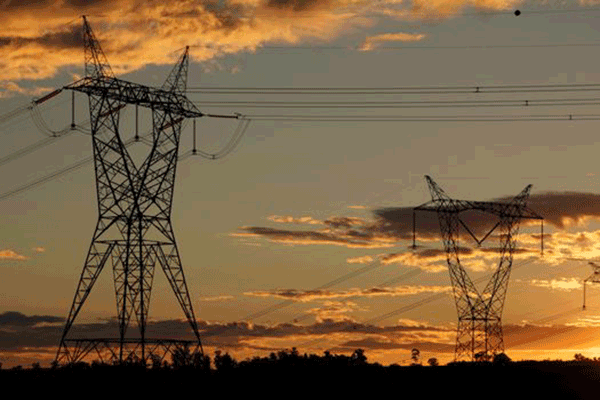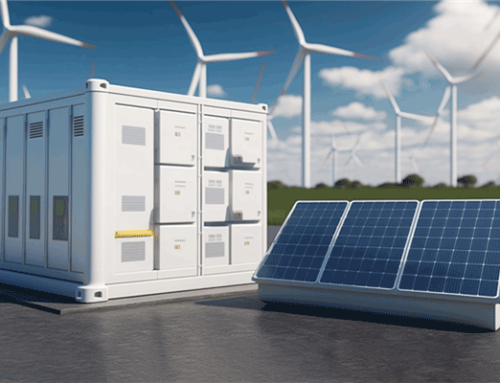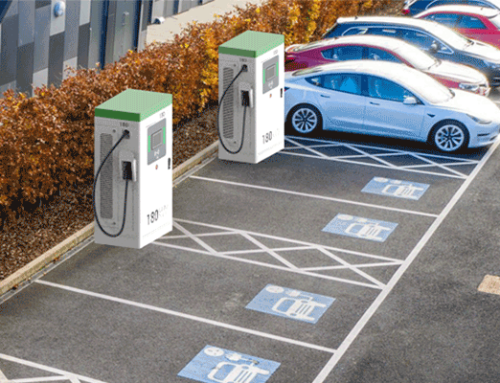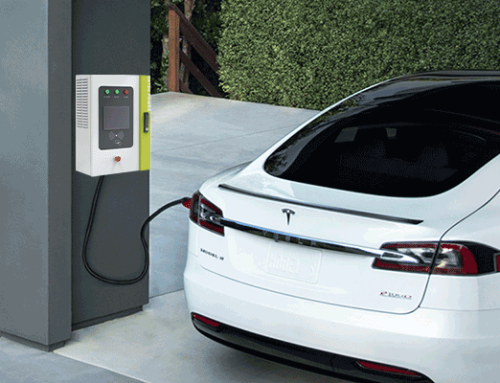The North American Electric Reliability Corporation (NERC) has recently issued a warning that much of the United States faces a heightened risk of blackouts during extreme heat conditions this summer. This poses a significant challenge, not only for residents and businesses but also for operators of electric vehicle (EV) charging stations, a rapidly expanding sector within the broader energy landscape. As the country continues to face such heat waves, the resilience and adaptability of charging station networks will be tested.

Implications for Charging Station Operators
An increase in power outages could directly affect the functionality of EV charging stations, potentially leading to service interruptions. This is particularly concerning given the growing reliance on electric vehicles in the United States.
With most EV charging happening at home, power outages could leave EV owners without the means to charge their vehicles. This can result in reduced patronage of EVs, impacting the revenue of charging station operators. Additionally, blackouts could disrupt the operation of public charging stations, further adding to the potential loss of revenue.
Furthermore, reliability is a key factor in consumer trust. Frequent power outages could lead to customer dissatisfaction and a perceived lack of reliability in the charging infrastructure, ultimately impacting the adoption rate of electric vehicles.
Strategies to Mitigate Risks
Given these potential challenges, it’s crucial for EV charging station operators to develop strategies to mitigate risks and ensure continuity of service.
Investment in Energy Storage Systems: One potential solution is the integration of energy storage systems (ESS) into charging stations. These systems can store energy during off-peak hours or when renewable energy production is high, providing a backup power source during blackouts. The SETEC POWER container EV charging system is the perfect solution that can cope with this situation, giving your business maximum flexibility and reliability.
Grid Resiliency Measures: Working with utility companies to improve grid resiliency can also help. This could involve investing in grid infrastructure upgrades, or implementing demand response programs that can help manage the electrical load during peak demand periods.
Diversifying Energy Sources: Charging station operators could consider diversifying their energy sources. This might involve using a mix of grid electricity, solar power, and other renewable energy sources to power their stations.
Investing in Redundancy: Building redundant charging stations in strategic locations can help ensure availability even during power outages. This can be particularly useful in high traffic areas or regions prone to frequent power outages.
While the prospect of increased blackouts due to extreme heat is a challenge for EV charging station operators, it also presents an opportunity. By investing in energy storage, improving grid resiliency, diversifying energy sources, and building redundancy, operators can not only mitigate the risks associated with power outages but also enhance their service offering and potentially attract more users to electric vehicles.














